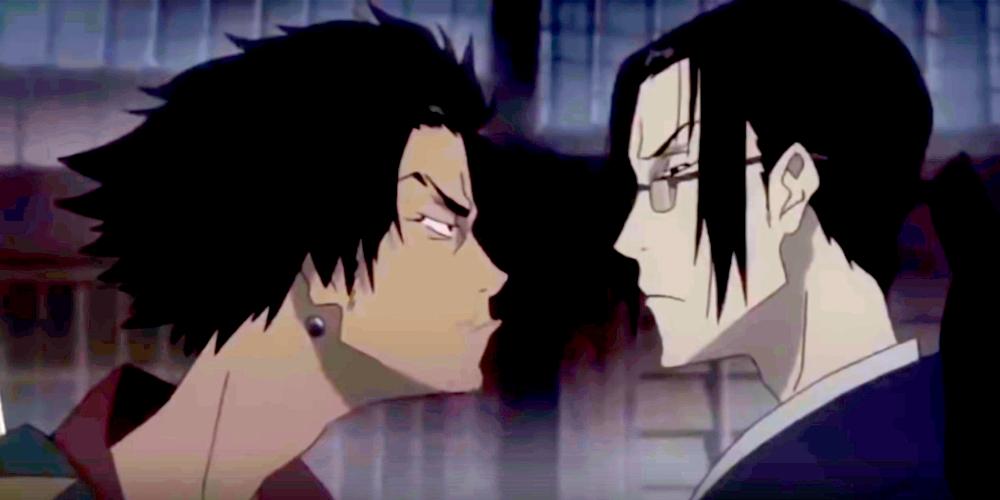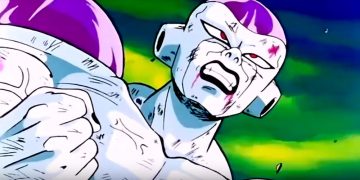Determining whether to watch a subbed or dubbed anime is the first decision you have to make before starting a new show.
Both styles give you an entirely different perception of anime you're watching. Once you get accustomed to subtitles or voiceovers, you'll usually stick it.
Before you decide which style you like better, you should try out both. If you still can't decide, this article will help you out—we'll discuss the pros and cons of subbed and dubbed anime.
What Do Subbed and Dubbed Mean?
Anyone who's new to anime might not know the difference between subbed and dubbed, so we'll start with the basics. You also might want to refer to the essential anime glossary for newcomers if anime lingo has got you totally lost.
A subbed anime is one that hasn't been modified, and features the original Japanese voice actors. English subtitles appear at the bottom of the screen as the characters speak. In other words, you'll have to read along in order to understand the anime.
A dubbed anime is one that doesn't have the original Japanese voice acting. Instead of reading subtitles, you can watch the anime in the language of your choice with a cast of completely different voice actors.
Keep in mind that there's no "right" way to watch anime—it's all about whatever you feel most comfortable with. Dubs and subs both have their advantages and disadvantages, but there's nothing wrong with preferring either one.
The Advantages of Subbed Anime
Hardcore anime fans will almost always choose subbing over dubbing. Some of these fans take their passion for anime a little too far, and are deemed "purists."
If you don't know already, anime purists only watch anime that's been subtitled. They believe that dubbing makes an anime lose character, as some nuances or phrases might get changed during the translation process.
While that does hold some truth, I still don't think it's enough to invalidate dubbing.
When watching a subbed anime, you'll hear cultural implications that you'll miss out on in dubbed anime.
For example, dubbed anime usually don't include the honorifics that can help you identify a character's social status. You'll often hear "san" following a character's name, which is close to "Mr," "Ms," or "Mrs" in English.
However, some honorifics like "kun" and "chan" don't have English equivalents. In this case, the honorifics' meaning usually gets erased or changed during the process of dubbing.
Many people prefer subbing because of the fact that it hasn't undergone any major changes. Subs keep the tone of the story the same and also include censored content. Unfortunately, some dubbed shows actually change the dialogue to make it more "appropriate" for a general audience.
In the 4KIDS dubbed version of Pokemon, you'll find many instances of censorship starting all the way at the beginning of the show. Any references to religion, violence, or profanity were removed in the dubbed version.
It's also important to note that subbed anime usually has far better voice acting than dubbed. There are some voice actors that are phenomenal at their job, but certain North American studios could've done a better job at casting.
Plus, you won't get annoyed by a constant mismatch between the character's mouth movements and the English voiceover.
The Advantages of Dubbed Anime
Many anime fanatics grew up with dubbed anime. Classics like Dragon Ball Z, Naruto, and Yu-Gi-Oh! aired with English voice acting in North America, rather than with subtitles.
So many viewers got accustomed to the dubbed version, making it harder to make the swap to subbed anime.
The dubbed version of any show offers a completely different flavor than the subbed version. Once you get familiar with dubs, swapping to the subbed version mid-season will change your entire perception of the story and its characters.
A classic dubbed anime will give you tons of nostalgia, but that's not the only reason why viewers choose this style.
The main argument for dubs rides on the fact that you don't have to read subtitles while watching a show. Subtitles can make it difficult to keep up with the story. When the words on the screen move so fast, you might not absorb the information fast enough.
Hearing dialogue in your native language makes understanding the plot much easier, and can even help you feel more connected to the show.
Subtitles are also a huge distraction. Having a string of words at the bottom of the screen blocks out certain details in the animation.
Not to mention that reading the subtitles takes your eyes away from the beautiful artwork on your screen. By the time you get done reading a few lines of subtitles, you might miss out on the awesome scene that's happening above the text.
With dubs, you can just watch and listen simultaneously.
Is Subbed or Dubbed Anime Better?
There's really no correct answer to the age-old subs vs. dubs debate. If you want to experience awesome voice acting, and anime in its original form, I'd say go with subtitles. Plus, you might even pick up some Japanese while you're watching.
On the other hand, you should check out dubbed anime if you're more interested in paying attention to the artwork and action.




